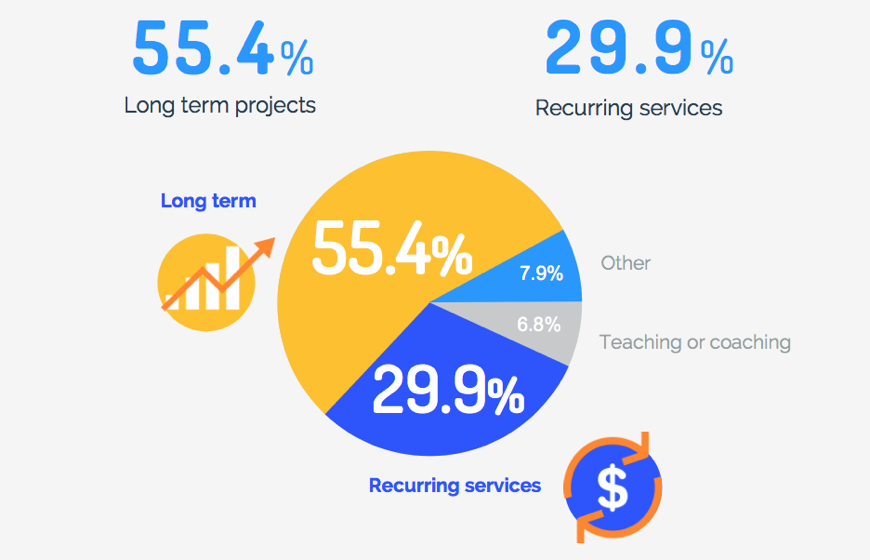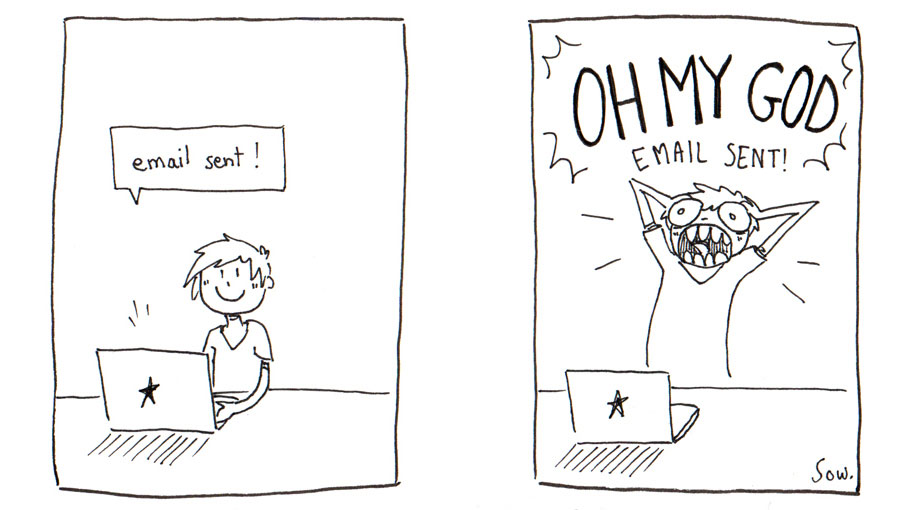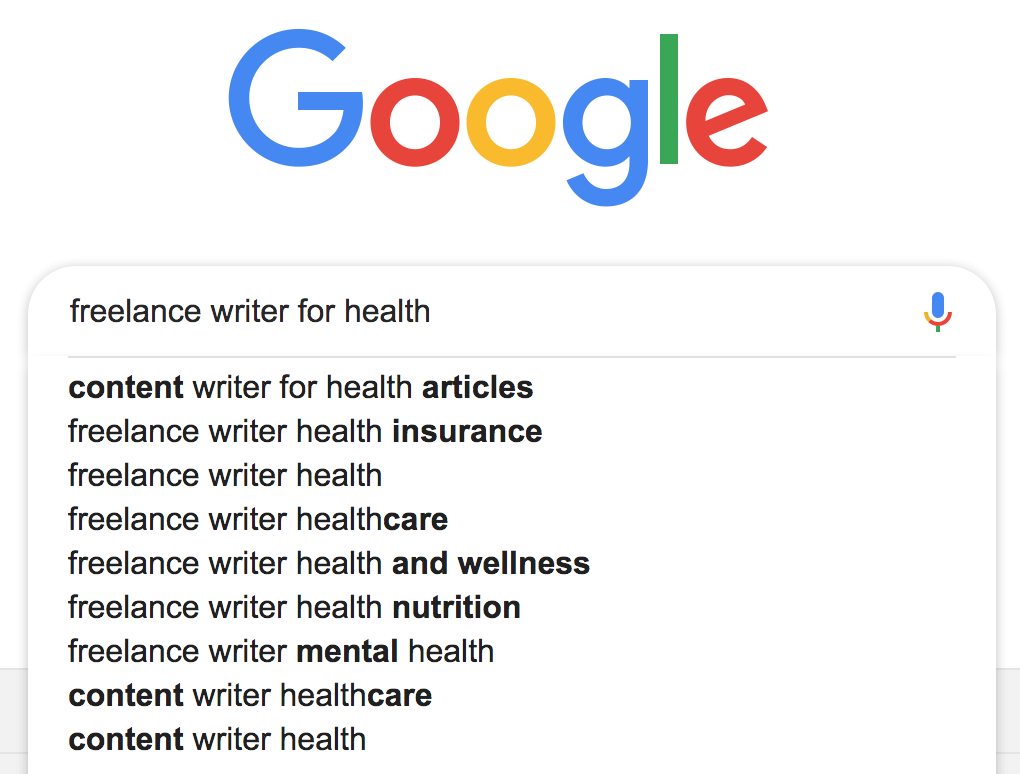I know, I know: cold pitching is all the rage at the moment.
The reasoning behind it is sound. I mean, how are people supposed to know about your business if they don’t know about it?
Pitching gives you the chance to land directly in the inboxes of dreamy clients and prove to them that you’ve got the chops they need to boost their business.
Now, I’m a huge advocate for cold pitching in the early days (I even have a course on how to do it the right way). Putting yourself out there over and over again in the face of rejection and down right ghosting is terrifying, but it gives you the hard skin you need as a freelancer.
Buuuut… there’s a time and a place for it.
I’m five years into this freelancing journey and do you want to know how many cold pitches I’ve sent this month? Zero.
Do you want to know how many cold pitches I’ve sent in the last year? It’s zero again.
It’s not because I’m scared of hitting the send button or can’t find the time to shoot off a few emails here and there to some awesome brands, it’s simply because I don’t need to.
Pretty much every single client I’ve landed in the last two years has come to me, whether that’s through my website, social media, in-person networking, or by referral.
In fact, the freelancers I know that are rocking it (whether they’re six months into the game or six years) don’t send cold pitches. Like me, they have clients knocking on their door and, in some cases, queuing up around the block.

Long term projects are more profitable than recurring services or other forms of work for freelancers. Source.
But How Do I Get to That Stage?
Those successful freelancers didn’t get to where they are by sitting back, relaxing, and waiting for clients to come to them, though.
I’m sure a lot of them sent out cold pitches for a large part of their early career, but I’m willing to bet that there’s another reason behind their success.
Their online presence.
Pitching is just the first stepping stone to something bigger and better.
Do you really think those A* freelancers are out there hitting the send button on cold pitches and crossing their fingers with hope?
The answer is a big fat no (and it’s probably a good thing, too, as it leaves room for newer freelancers to swim up and get in on the action).
Instead, they’re doing three key things:
- Niching down (whether that’s by choosing a specific audience to target or a specific industry to work in)
- Positioning themselves as an expert in their industry
- Building connections and relationships
The Thing With Cold Pitching as a Freelancer…

I’ve said it before and I’ll say it again, cold pitching is not a bad thing.
In fact, if you’re just starting out, you should be doing that right now instead of reading this post!
But when you’ve been working with great clients, have a fantastic portfolio bolstering you up and a handbook full of awesome testimonials, do you really want to be shooting off emails into the ether in the hope that someone will see your potential?
This ties into the whole “hustle” mentality, which I really don’t think needs to be a part of freelancing.
You see, freelancing is a business model, it’s not a descriptor for someone who’s jumping from contract to contract constantly on the hunt for their next pay cheque.
When you’ve got an established roster of clients under your belt, cold pitching can be more draining than useful. Two years in, you don’t want to have to set aside three hours a week to write pitches to brands that don’t know you in the hopes that their going to hire you, do you?
Surely there must be a better way! (Oh, hey, spoiler: there is).
By this point, you know your value and you know that clients should be coming to you.
This is what I call “Phase 2” of freelancing, and it basically involves taking your business to the next level and making it sustainable in the long run.
Here’s some food for thought:
If you’re solely relying on pitching to land clients, what happens if you miss a week or – heaven forbid – a month? Would that spell the end of your business?
If the answer is yes, you haven’t built a long-lasting freelance business yet.
If your business could go bust simply because you haven’t sent out enough cold emails, you’re doing things wrong.
But Shouldn’t I Always Be Marketing My Business?
One of the key issues that comes with being a freelancer is that you’re usually a one-(wo)man band.
It’s just you, you, and you doing all of the marketing, administrative tasks, finances, and the actual work.
So when you get a big contract in, it’s easy for the rest to slip through the cracks. Suddenly, the contract comes to an end and you’ve got nothing lined up. And so the hustle cycle begins again. Bleurgh.
This is why building your online presence is such an important part of building your freelance business.
While spending time pitching is like throwing spaghetti against a wall and hoping it sticks, spending the same amount of time working on your online presence will boost your SEO rankings, get your name out there, and provide a more long-term way for clients to find you.
What to Do Instead of Cold Pitching
So if you’re ready to activate Phase 2 of your freelance career, here’s what you’ve got to do:
1. Niche down
Niching down can mean one of two things.
Firstly, you can niche down by choosing a specific audience to target, whether it’s new mums, tech brands in Silicon Valley, or local florists.
Secondly, you can niche down by choosing a specific skillset to focus on. If you’re a writer that might be creating whitepapers, writing long-form blog posts, or focusing on building landing pages for clients. If you’re a designer, that might mean honing down to focus on producing just logos, full websites, or print materials.

2. Position Yourself as an Expert
This is one of the most important parts of building your online presence because people are more likely to trust someone who knows what they’re talking about (and trust makes sales).
There are a number of ways you can cement your expertise, including:
- Blogging on your expert topic
- Guest posting on sites that are about your expert topic
- Signing up to do interviews and podcasts in your industry
- Going to conferences and networking events where you can share your expertise
- Speaking at events on your expert topic
3. Build Connections and Relationships
I’m a huge advocate of building relationships with clients.
In fact, I think it’s one of the most important and valuable things you can do as a freelancer. I’m not sure I’d be where I am today if I didn’t take the time to get to know what my clients want and create relationships with them that, for many, have lasted almost five years.
This part of the process involves really listening to your audience through comments, on forums, or via social media and providing them with content, services, and offerings that help solve key problems they might have.
From there, it’s important to keep building that connection, whether it’s through an email marketing sequence, a community on Facebook, or simply by checking in with them through email every once in a while.
These are the people who will refer you to other brands, give you more work, and generally sing your praises, so you want them on side.

Cold Pitching Isn’t Dead
Cold pitching is far from dead. In fact, it’s the number one thing I recommend new freelancers do because it builds traction quickly.
But, once you’ve got a roster of clients, it’s time to level up your business and move on from sending out emails to strangers. This is the switch-over time, when you stop going to clients and instead they come to you.
By doing this, you’re putting the building blocks in place to create a sustainable freelance business that will remain successful for years to come – how about that, eh?!






I’ve always felt there was a better way to get clients than cold pitching. Thankfully, I’ve niched down and created a ‘freelance marketing writer’ page where clients can find me from Google search.
Thanks for this post. It validated the idea I’ve always wanted to try all these while.
I can’t wait to reach the point where I don’t have to keep pitching!